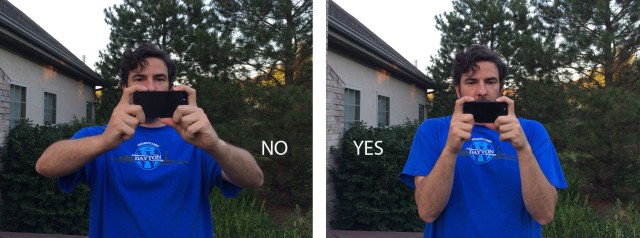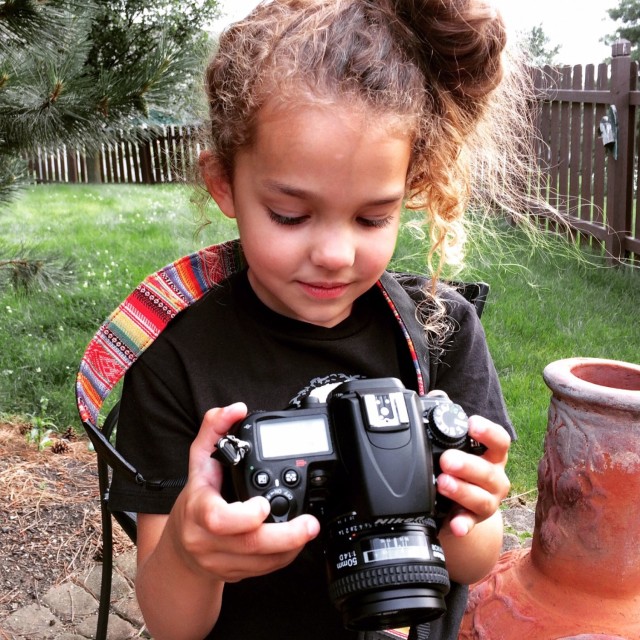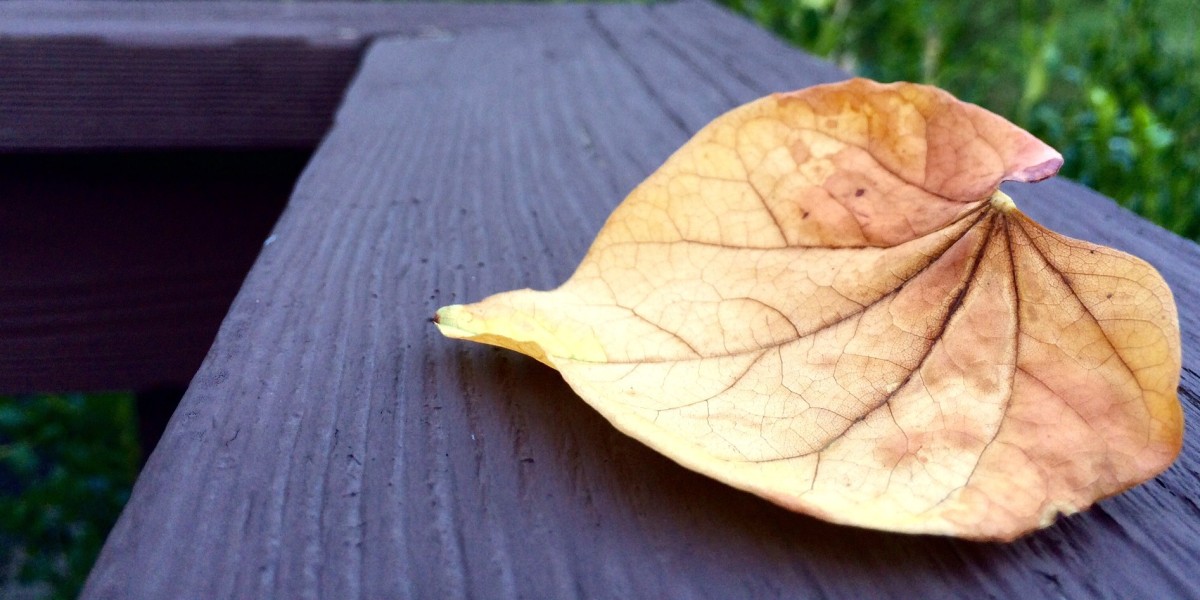Five simple ways to make striking improvements to your photography, without the need for fancy equipment.
“It is the photographer, not the camera, that is the instrument.” – Eve Arnold
Whether you are a photoblogger or use your blog to showcase your writing, photos enhance every story. They are a critical part of the visual appeal of content on the web. Many people feel frustrated with their photography style or skills, or feel that they need expensive equipment to create attractive photographs. Today, I’m sharing five easy ways to improve your photography without the need for anything other than a phone camera and minimal use of built-in editing tools.
All of the images in today’s post were taken with my iPhone 5s, and I did minimal editing using the native editing tools on the phone.
Tip #1: Change Your Angle
“If I saw something in my viewfinder that looked familiar to me, I would do something to shake it up.” – Garry Winogrand
When we’re taking photos on the fly, it doesn’t really occur to us to ensure that we have a technically-pleasing composition. We point, we shoot, we have a photo of our desired subject. But changing the angle from which you take a photo is a quick and easy way to create a much more interesting photograph.
In the first images I’ve shared below, the one on the left is just a straight-down shot of the leaf on the railing of my deck, and the one on the right was taken by putting my phone into contact with the railing, and shooting down the rail toward the leaf. This photo obeys the Rule of Thirds. I noticed that there was some lovely sunset light coming from the trees far in the background, and wanted to include it in the shot. To make sure my focus was on the leaf, I framed the shot in my phone camera, and clicked the leaf so the focus locked on it.

An easy way to improve your photography is to use the Rule of Thirds, framing your subject in a unique way. Photo by Jen Hooks.
“Beauty can be seen in all things, seeing and composing the beauty is what separates the snapshot from the photograph.” – Matt Hardy
Tip #2: Straighten Your Horizon
This is a tip that seems simple and obvious, but makes a bit impact on the appeal of a landscape photo, or a portrait of a person or pet. When you’re composing an image in your viewfinder or phone camera screen, adjust your gear so that the horizon in the background is level. Built-in phone camera tools can allow you to straighten a crooked horizon, but it is good practice to try to get it right in-camera.
In the images below, the only difference between them is that I straightened my phone to put the horizon parallel with the bottom of the photo, and included more of the sky, as the lovely clouds were the focus of my image.

Straighten your horizon for a more natural-looking image with a greater impact. Photo by Jen Hooks.
Tip #3: Get Stable
“Noodly arms make for blurry photographs.”
To minimize camera-shake and make sure you have crisp photos, you can use your own body as a tripod. This is especially important when shooting with a heavier piece of equipment, but the benefits extend to any camera. Make sure your feet are placed a bit apart, and pull your elbows in to hug your sides, rather than allowing your elbows to “float.” Noodly arms make for blurry photographs. My husband demonstrates improper and proper technique in the images below.

Make your body a tripod by tucking your arms tight to your body. Photos by Jen Hooks, model, Keith Hooks.
Tip #4: Find The Light
“If you want to be a better photographer, stand in front of more interesting stuff.” — Jim Richardson
I am a light lover. Interesting light-play enhances an otherwise mundane image, so always be on the lookout for it. If you’re photographing a person, play around with where you place them in your environment, to find where the light makes them glow.
I took the image below with my phone as we were going to dinner recently, because I loved the way the dusk light was shining off of the high-rise in the background. This same shot, taken at midday, would not be nearly as interesting

Find the light. Photo by Jen Hooks.
Tip #5: Edit, But Don’t Overdo

In a world of instant vintage filters, HDR apps and oversaturated hues in digital photography, it is easy to give into the allure of the power of digital editing, and go overboard. I’m guilty of it, myself. But, by definition, the word “edit” simply means to modify, not necessarily to enhance. Learning to use the tools available to you to modify your photos (whether it is the full Adobe Creative Suite, or simply the native editing tools on your phone) can give your photos a powerful impact that they might not otherwise have. In most cases, less is definitely more, and remember; just because you can doesn’t necessarily mean that you should.
Unless you’re doing a color conversion, the best edit is a subtle edit. Resist the urge to overdo it, as in the oversaturated photo above.
In the edited image below, I chose to convert to black and white, to place the emphasis on my daughter’s silly face, and it needed a bit of brightening since the original was underexposed. The logo on her shirt was a bit distracting to me, and I didn’t like the expanse of green from the grass in the other part of the frame.

With great editing power comes great responsibility to not make your images look artificial. Photo by Jen Hooks.
Get Out and Shoot!
Bonus tip: if you’re looking to perfect your craft, don’t leave your camera behind. Have it with you always, and photograph everything. Anton Chekhov said, “Knowledge is of no value unless you put it into practice.” For homework, put some (or all!) of these tips into practice, and write a blog post sharing your before and after photos. Enjoy!

Get out and shoot! Photo by Jen Hooks.
Currently blogless? You’re a click away from sharing your story.
Create your blog at WordPress.com
Thanks for giving these tips. Now I am gonna to practice it.
LikeLike
Hello everyone 🙂 Please do visit my blog 🙂 Be inspired :)))))
https://lifeperksandstuffs.wordpress.com/
LikeLike
Amazing tips! Just a bit late because I learned few days ago from my brother lol. But I really really good tips!
LikeLike
Great tips! Thanks!
LikeLike
Tips 1, 2 & 3 are great – and 4 too! My downfall at times, is trying to keep the camera still when I can’t prop it on a stable spot. So the advice to use your body as a tripod makes great sense. I much prefer natural stances as opposed to poses and would often get my friends and family to turn different ways to add fun and make the shot interesting. Thank you for the tips. 👍🏻🌹
LikeLike
I liked #1 and 3 the best. Thank you!
LikeLike
Find the light!!!!
LikeLike
I should keep that in mind especially about using your body as a tripod. As an amateur photographer, I am always struggling how to make my shots stable especially in low light conditions. Thanks for this info.
LikeLike
great tips and photo’s I also liked the quotes adding that special touch to a
great page!
LikeLike
so simple, but great pointers, thanks!
LikeLike
Good tips, thanks!
LikeLike
Simple tips, but we usually forget
LikeLike
Such good tips 🙂 thanks, this was really helpful!
LikeLike
Good tips. Thank you for sharing.
LikeLike
Thanks alot!
LikeLiked by 1 person
Simple tips but well worth using thanks
LikeLike
Great tips. It is tough to keep inspired…
LikeLike
These are definitely some great tips! 🙂
http://www.spicedsincerity.com/
LikeLike